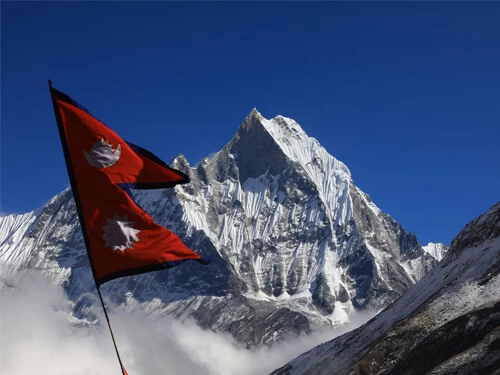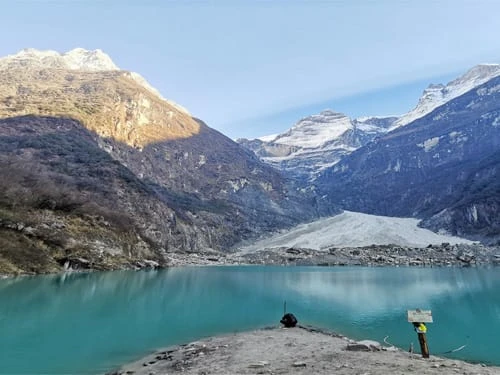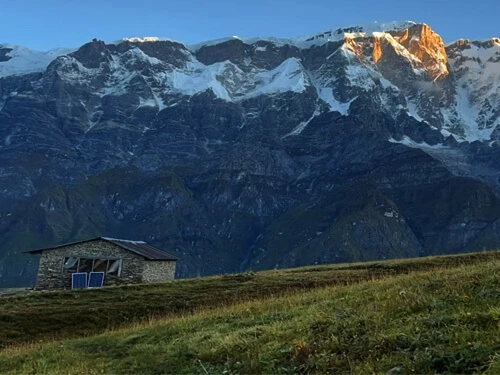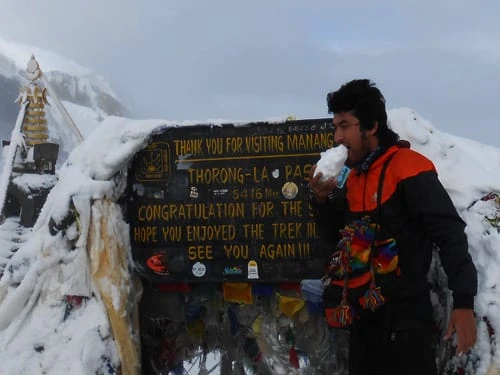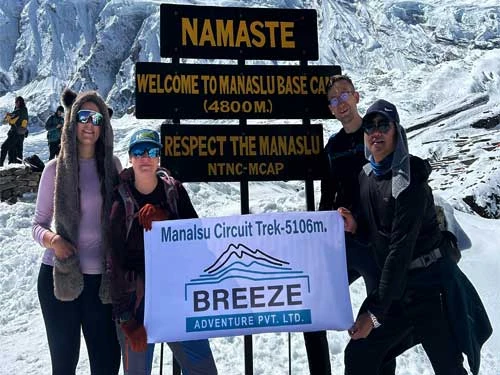Jomsom Muktinath Trek
Duration:14 DaysUS$842US$950Classic Annapurna Base Camp Trek
Duration:8 DaysUS$950US$1050Short Annapurna Base Camp Trek 6 Days
Duration:6 DaysUS$499US$699Classic Annapurna Circuit Trek 2026/2027
US$1350US$14508 Days Short Annapurna Circuit Trek
Duration:8 DaysUS$850US$900Annapurna Circuit Trek with Tilicho Lake 11 / 12 days ACT
Duration:12 DaysUS$1099US$1500Nar Phu Valley Trek - 10 Days
Duration:10 DaysUS$1199US$1400Mardi Himal 2 Days Trek
Duration:2 DaysUS$300US$350Mesokanto La Pass Trek | Tilicho Pass Trek 9 Days
Duration:13 DaysUS$1450US$1700Mohare Danda Trek 4 Days | Cost | Itinerary 2024 |2025
Duration:9 DaysUS$678US$750Mardi Himal Trek 3 days
US$250US$495Khopra Ridge Trek 7 Days
Duration:14 DaysUS$999US$11504 Days ABC Annapurna Base Camp Trek
Duration:4 DaysUS$475US$550Ghorepani Poon Hill Trek 2 Days
Duration:2 DaysUS$300US$3502 Days ABC Annapurna Base Camp Trek
Duration:2 DaysUS$750US$8503 Days ABC Trek Annapurna Base Camp Trek Helicopter return
Duration:3 DaysUS$900US$105010 Days Annapurna Circuit Trek Itinerary
Duration:10 DaysUS$1099US$1400Annapurna Circuit Trek 7 Days Itinerary
Duration:7 DaysUS$555US$999Annapurna North Base Camp Trek
Duration:7 DaysUS$1299US$1500Kapuche Lake Trek – Nepal’s Lowest Glacier Lake 4 Days
Duration:4 DaysUS$450US$599Kori Himal Trek 6 Days Package
Thorong La Pass Trek
Duration:8 DaysUS$799US$999Manaslu Annapurna Circuit Combined Trek
Duration:19 DaysUS$1999US$2222
The Annapurna Region trek is the largest protected area in Nepal. It rivals the Everest Region as one of the best areas for trekking in the world. Over 100,000 travelers come to the region each year and for good reason. It is easily accessible from Pokhara, which is a pleasant 7-hour drive from Kathmandu. Pokhara is a laidback lakeside city– a perfect launching point for adventure tourism in Nepal.
As suggested in the name, Annapurna I (8,019 meters/26,545 feet) is the centerpiece around which all treks in the Annapurna Region revolve. Soaring high above the clouds, it is the 10th highest mountain in the world. West of Annapurna I lies Mount Dhaulagiri (8,167 meters/26,795 feet), the 7th highest mountain in the world. “Dhaulagiri” comes from the Sanskrit word Dhawala, meaning dazzling, white, and beautiful. These two colossal mountains make up the Kali Gandaki River gorge, said to be the deepest gorge in the world.
Of course, there is much more to the Annapurna Region than snowy peaks. Most of the treks start out in villages surrounded by lush, fertile farmland. Interactions with villages are what make the trip worthwhile. There is much to learn about the residents of these villages, as their smiles brighten your mood and their kindness is unsurpassable. Most of the residents are ethnically Magar and Gurung, both groups are notably hospitable and will make you feel welcome to their wonderful homes. Their many shrines to Buddhism – including prayer flags, Chortens, and stupas – add much charm to the trails. The Annapurna Region trek offers the most beautiful treks, easy treks, and restricted treks for all ages trekkers from around the world.
After ascending above the farmland, trekkers pass through verdant forests, where the many animals of the Annapurna Conservation Area Project (ACAP) can be seen. Trekkers have the chance to see several types of deer, the Himalayan bear, blue sheep, snow leopard, red panda, and Himalayan tahr, among others. While on the lookout for these creatures, pass through blooming rhododendron forests that are nearly blinding with their bright red color.
The scenic and cultural diversity of the Annapurna region trek makes it one of the top trekking destinations in the world. We would love to give you the time of your life in the amazing Annapurna Region. September to November and March to May are the best seasons to trek through the Annapurna region, though trekking throughout the year is possible.
Please keep it your priority to trek with strong concern to the villages and remember that you will come and go, but this is their home. The area is fragile and under great pressure from tourism and development, so trek with care in the Annapurna trekking route.












